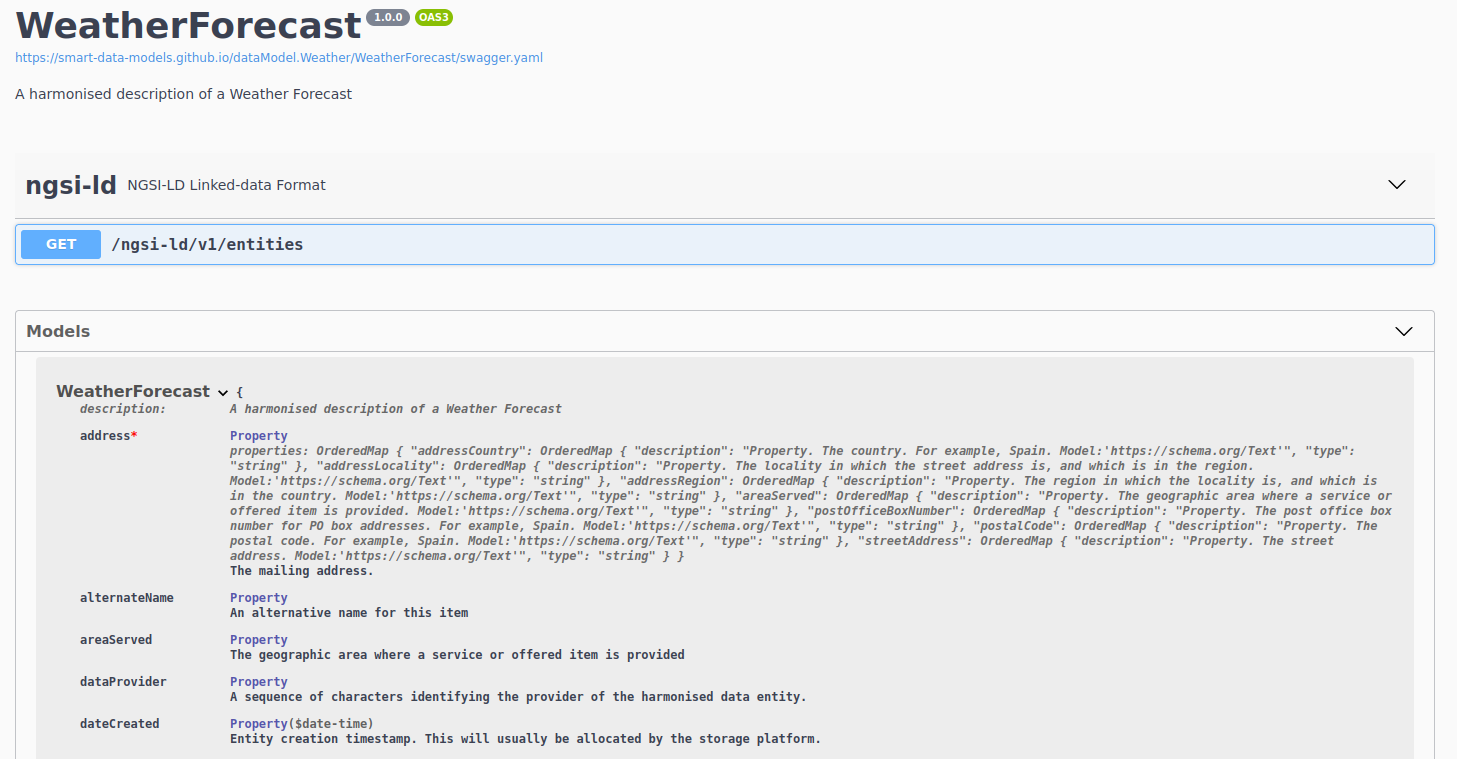4 new data models for datamodel.wasteWater Subject
- Blower. This entity contains a harmonized description of a Blower made for the Wastewater treatment domain. The entity represents a Blower that is used for aeration purposes in the wastewater treatment process. Important parameters are measured to regulate and measure the amount of airflow is being provided to the aeration tank in the bioreactor. The energy consumption of a blower is also important information for real-time control and optimization of the wastewater treatment plant.
- OffGasStack. This entity contains a harmonized description of a generic Off-gas Stack made for the Wastewater treatment domain. This entity represents stacks that are present in some wastewater treatment plants where the emissions, greenhouse gases included, are emitted.
- WasteWaterJunction. This entity contains a harmonized description of a generic Junction made for the Wastewater treatment domain. Junctions could be in place in certain sections of the treatment plant. For wastewater treatment purposes, the junction is most useful if it is a location of a sensor that measures a specific variable.
- WasteWaterTank. This entity contains a harmonized description of a generic Tank made for the Wastewater treatment domain. For a given type of tank, all possible variables that can be measured are listed as properties. In the description property, the type of tank (anaerobic, pre-dinitrification, nitrification, etc.)can be defined.







